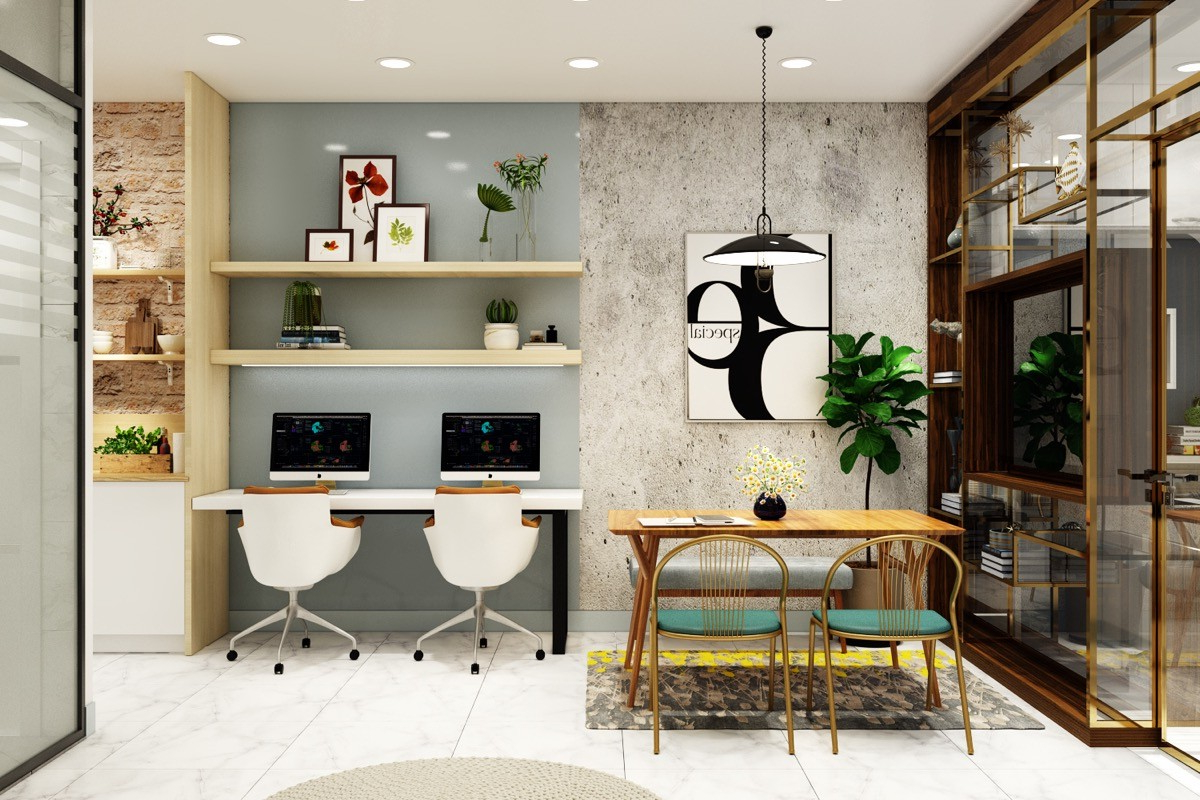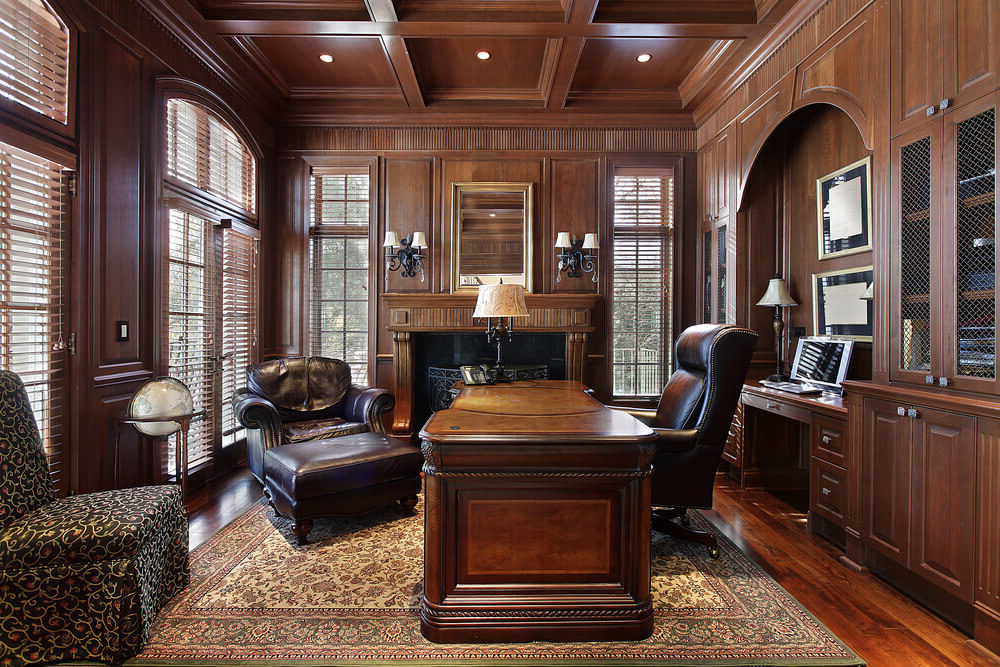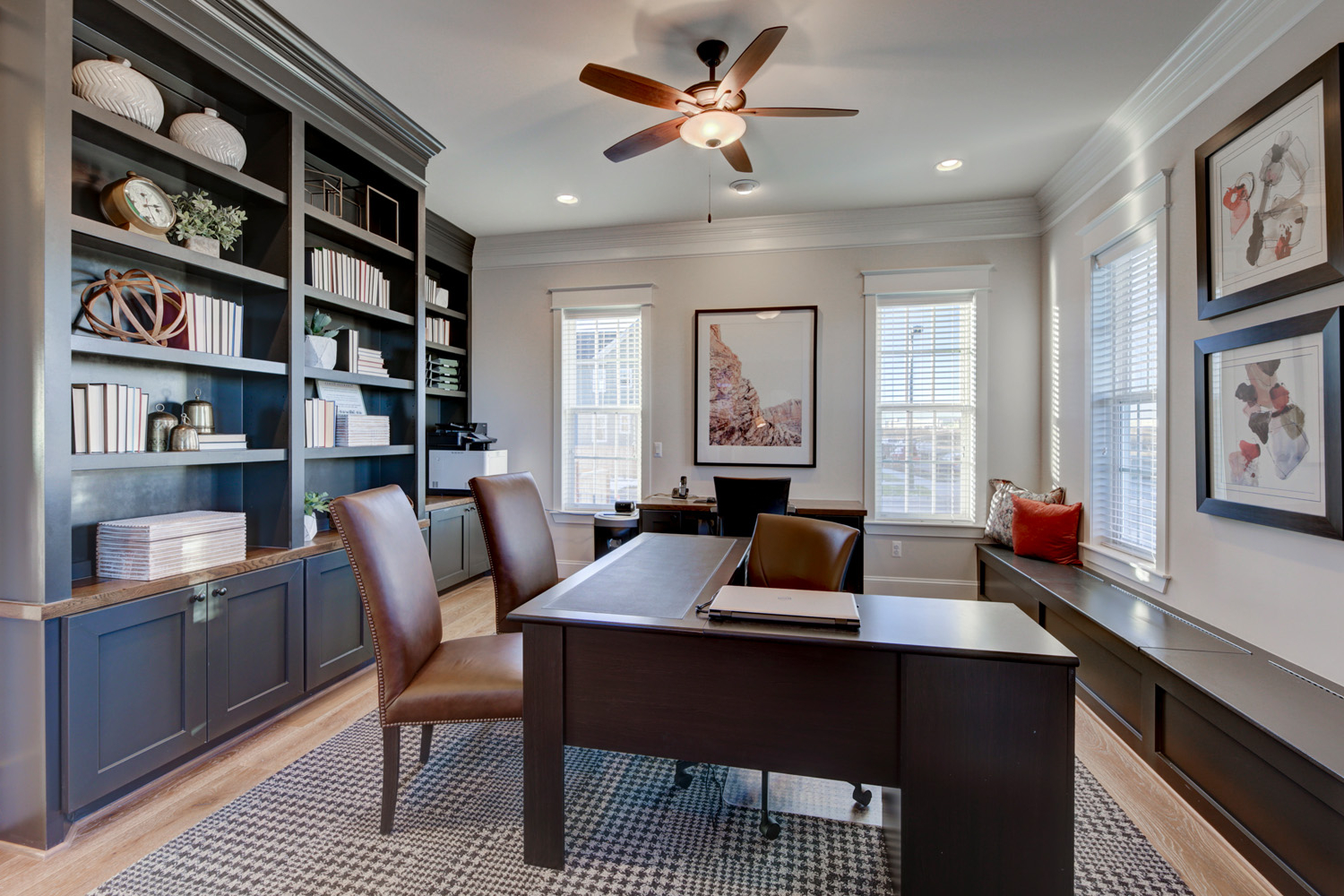Working from home has become the norm for many of us, but let’s face it – not everyone’s home office setup is designed for maximum efficiency. You know that feeling when you’re looking for something and it seems to have vanished into thin air? Or when you’re trying to focus but your desk looks like a tornado hit it? What if I told you there are simple changes that could completely change how you work from home?
The modern workplace has shifted dramatically, with countless professionals now spending significant portions of their day working from home. While this flexibility offers incredible benefits, it also presents unique challenges. One of the most common struggles is maintaining organization and efficiency in a space that wasn’t originally designed for focused work. Many people find themselves wasting precious time searching for documents, supplies, or even their favorite coffee mug. The good news? You don’t need expensive equipment or major renovations to fix this. Sometimes, the simplest changes can yield the biggest improvements in productivity and peace of mind.
The Power of Decluttering and Minimalism
Let’s start with something fundamental that often gets overlooked: decluttering. You might think this is just about cleaning up, but it’s actually about creating space for what matters most. A cluttered desk isn’t just visually unappealing – it creates mental chaos that makes it harder to concentrate. Research shows that people working in organized environments are 20% more productive than those in chaotic spaces. Think about your desk right now. What items are truly necessary for your daily tasks? Everything else probably belongs in a storage bin or drawer. Try this experiment: take everything off your desk for one week. Only put back items you use regularly. You’ll be amazed at how much more you can focus when you’re not constantly distracted by unnecessary items. This isn’t about being overly strict, but rather about creating intentional space for your important work.
Smart Storage Solutions for Maximum Efficiency
Once you’ve cleared out the unnecessary stuff, it’s time to think strategically about where everything goes. The key is finding solutions that work with your workflow, not against it. Consider using vertical space wisely – wall-mounted shelves can hold books, supplies, and even plants that add life to your workspace. For frequently used items, keep them within arm’s reach. That means pens, paper, and your phone charger shouldn’t be tucked away in drawers. Instead, invest in a small tray or organizer that sits right on your desk. Label everything clearly. This might seem silly, but when you’re rushing to find a specific document, labels save precious minutes. Many people forget that storage solutions come in all shapes and sizes. A simple desktop organizer with multiple compartments can hold everything from sticky notes to USB drives. The goal is to eliminate the hunt for items while making access as easy as possible.
Digital Organization Systems That Actually Work
While physical organization is crucial, don’t neglect your digital workspace. Your computer files and digital documents can quickly become a nightmare if not properly managed. Create a logical folder structure that reflects how you actually work. For example, instead of having random folders named ‘Work,’ ‘Projects,’ and ‘Important,’ try organizing by project type or client. This makes it much easier to locate specific files later. Use cloud storage services to keep everything synchronized across devices. If you’re using Google Drive or Dropbox, set up automatic backups so you never lose important work. Many people underestimate how much time they waste searching through endless email attachments. Create a system for managing emails – perhaps using color-coded labels or folders based on urgency and action required. This digital cleanup can save hours each month, especially when you’re preparing for meetings or presentations.
Time Management Through Strategic Scheduling
Organization isn’t just about physical and digital items – it’s also about managing your time effectively. Create a routine that includes designated times for different types of work. For instance, handle emails first thing in the morning when your brain is fresh. Schedule deep work periods during your peak energy hours, typically between 9 and 11 am. Block out time for administrative tasks and meetings during your lower energy periods. This approach prevents the constant switching between different types of work that drains mental energy. Consider using time-blocking techniques where you dedicate specific blocks to specific projects or tasks. This way, you won’t waste time deciding what to work on next. Some people find it helpful to write their daily priorities on a whiteboard or sticky note visible on their desk. It’s amazing how much clearer your mind becomes when you know exactly what needs to be done and when.
Ergonomic Setup for Long-term Comfort
A well-organized space isn’t complete without considering your physical comfort. Your home office setup should support your body throughout long work sessions. Start with proper chair height – your feet should rest flat on the floor, and your knees should form a 90-degree angle. Position your monitor at eye level to avoid neck strain. This simple adjustment can prevent headaches and back pain that often result from poor posture. Invest in a desk that allows for both sitting and standing positions. Many people find that alternating between the two throughout the day improves circulation and reduces fatigue. Good lighting is essential too – natural light is ideal, but if that’s not possible, ensure you have bright, even artificial lighting to reduce eye strain. The last thing you want is to spend your entire workday dealing with physical discomfort that could be easily prevented.
Maintaining Your Organizational System Over Time
Here’s where many people fail – they get excited about starting fresh but don’t maintain their new systems. This is why establishing routines is so important. Set aside five minutes at the end of each day to tidy up your workspace. This prevents accumulation of clutter and keeps your system functioning smoothly. Weekly reviews help you assess what’s working and what needs adjustment. Maybe you discovered that certain supplies are used more frequently than others, so they should be moved closer to your workspace. Monthly deep cleans ensure that everything stays in order and that you haven’t forgotten anything important. Some people find success with a simple ‘one in, one out’ rule – whenever you bring something new into your workspace, remove something old. This prevents accumulation and keeps your system fresh. Remember, consistency is key to maintaining an efficient home office environment.
Creating an efficient home office isn’t about perfection or expensive upgrades – it’s about thoughtful organization that supports your work habits and lifestyle. These simple hacks can transform your daily experience from frustrating to fulfilling. When you spend less time searching for things and more time focusing on actual work, productivity naturally increases. The beauty of these strategies lies in their simplicity and adaptability. You can start with just one or two changes and build from there. The most important thing is to approach this systematically, making adjustments based on what works best for your specific situation. Your future self will thank you for taking the time to create a workspace that truly supports your goals. After all, your home office should feel like a sanctuary for productivity, not a source of stress. The small changes we’ve discussed can lead to big improvements in your daily work life.

















